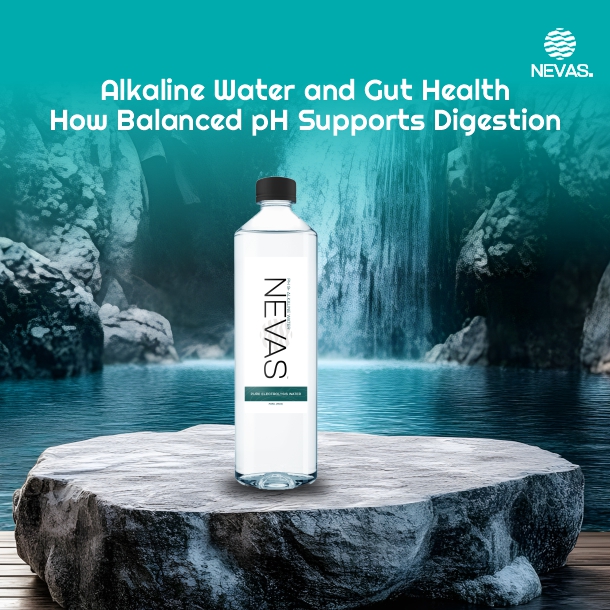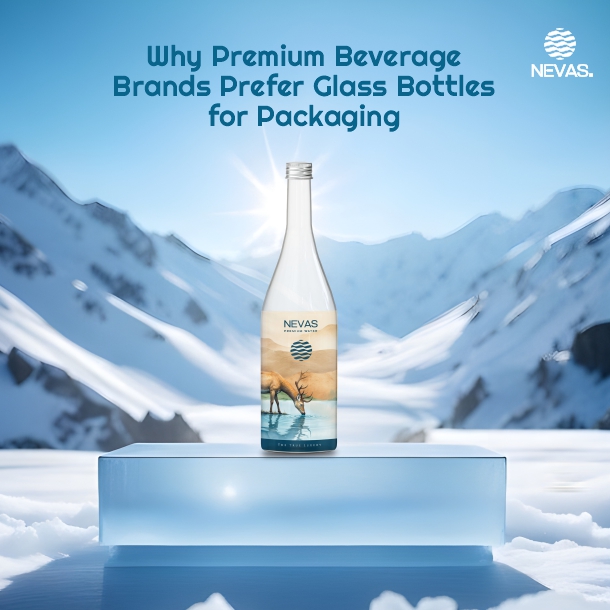Home » Understanding the Mineral Water Bottling Process A Comprehensive Guide
Understanding the Mineral Water Bottling Process A Comprehensive Guide

Feel thirsty outdoors? You buy a mineral water bottle, unseal it, and drink it to quench your thirst! Easy it is, isn’t it? But have you wondered about the journey the bottle completes before it reaches you?
As mineral water distributors, suppliers, and water bottle manufacturers, we love to create awareness about the bottled water you drink. So, here’s an overview guide that focuses on the process of mineral water bottling.
Comprehensive Guide to Mineral Water Bottling Process
Let’s understand the various aspects involved in the journey of mineral water.
How Purification Works in Mineral Water Plants
Purification is critical to meet the various safety and taste standards. Here’s how it works.
- Sourcing and Pre-Treatment: The first step involves sourcing water from natural springs, borewells, and municipal supplies. After that, the water undergoes initial filtration to remove large particles, sediments, etc.
- Multi-Stage Filtration: The first filtration stage involved sand filtration to remove suspended particles and turbidity. Next comes activated carbon filtration to eliminate chlorine, odors, and organic compounds. Microfiltration is the third process that captures finer impurities and microorganisms.
- Reverse Osmosis: Although not mandatory, some plants employ RO to remove dissolved salts and contaminants.
- UV Sterilization and Ozonation: UV light kills bacteria and various viruses. Furthermore, ozonation adds a protective layer and enhances the water’s taste.
- Mineralization: The next process involves adding minerals like magnesium and calcium to enhance the taste and make the water healthy.
Importance of Quality Control in Bottled Water Manufacturing
Quality control is as important in bottled water manufacturing as in every other field. However, we say, it isn’t merely important but critical. Reasons? You can enlist many, including people’s health, reputation, and trust. Some key control measures include:
- Source Water Testing: Conduct regular pH, contaminant, and mineral composition testing to ensure water is devoid of chemical contamination, pollutants, etc.
- Production Line Control and Monitoring: Use of automated systems to detect contamination, leaks, and inconsistencies; maintain filtration and bottling equipment regularly.
- Microbiological Examination: Test the water to keep it free from harmful bacteria and pathogens; perform sterility tests at various production stages.
- Packaging Integrity: Conduct leak and pressure tests to prevent contamination; use food-grade or BPA-free glass or plastic bottles.
Understanding BIS & FSSAI Standards for Bottled Water
BIS (Bureau of Indian Standards) and FSSAI (Food Safety and Standards Authority of India) are the two organizations that regulate bottled water manufacturing in India. Water bottle manufacturers must comply with both to operate legally and ensure product safety.
BIS Certification: BIS IS:14543 (packaged drinking water), BIS IS:13428 (natural mineral water), and regular audits and inspections to comply with safety and hygiene standards.
FSSAI Licensing: Water bottle manufacturers must have a valid FSSAI license; the labels must have nutritional information, batch codes, and manufacturing details; stringent guidelines on permissible levels of pH balance, minerals, and contaminants.
Difference Between Mineral Water, RO Water, and Spring Water
You must have come across all these terms at some point and thought water is just water how can it be different? But that’s not the case. These water types have differences, understanding which is part of our comprehensive guide.
Parameter | Mineral Water | RO Water | Spring Water |
Source | Underground sources and natural springs | Municipal supply and tap water | Natural springs |
Treatment | Filtration, UV sterilization and ozonation | Reverse osmosis and mineralization | Minimal filtration |
Key Properties | Natural minerals like calcium and magnesium | Removes almost all the dissolved salts and minerals | Organically balanced minerals and taste |
Setting Up a Mineral Water Bottling Plant: Costs & Requirements
Mineral water is a thriving business in India. Of course, it has unique challenges. But if you are considering becoming a mineral water bottle supplier, here’s what you should know.
- Initial Investment: Minimum 60 lakhs (land, machines, licenses, and operational cost). However, the cost will depend on the local rates and prevailing conditions.
Begin your business by becoming a Nevas franchise!
- Machinery: Water purification unit, bottling and capping machine, labeling and shrink-wrapping equipment, and storage tanks and conveyors.
- Licenses: FSSAI, BIS Certification (IS:14543 or IS:13428), Pollution Control Board approval and clearance, and approval to source local municipality water.
- Human Resources: People for manufacturing operations, qualified and experienced quality control experts, compliance specialists, and microbiological testers.
Embrace Purity with Nevas Premium Packaged Drinking Water!
Nevas is known for purity, excellence, and premium product quality. We’ve been in the packaged water drinking business for years and have emerged as India’s leading water bottle manufacturers. We source water from reliable sources and treat it thoroughly to ensure its purity and quality. The latest technologies we use and the team we’ve built over the years, support our endeavors to deliver premium packaged drinking water to India!


